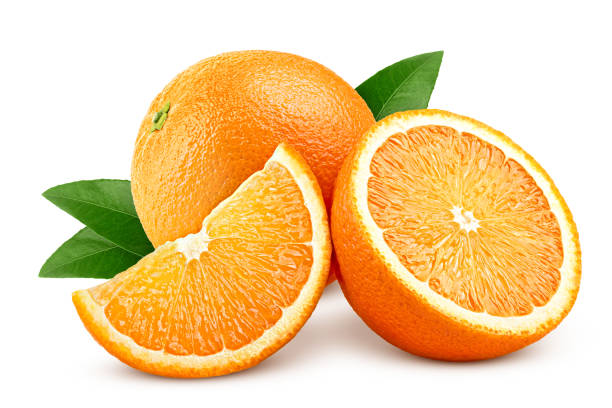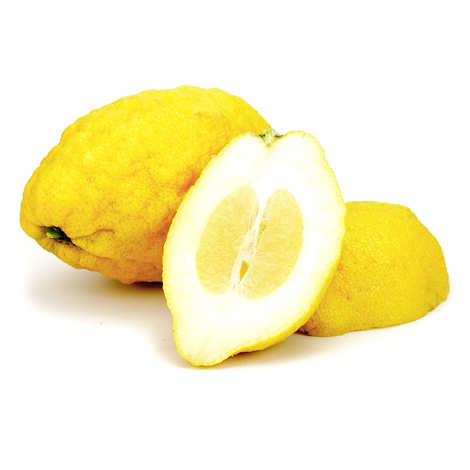01. What does the word "lime" mean ?
02. In the beginning…
03. Lime Cultivation
04. What do you know about lime in perfumery ?
05. Some popular lime perfumes
What does the word "lime" mean
Lime, scientifically known as Citrus aurantifolia, belongs to the citrus family. The origin of its name comes from Persian, where "limu" means lemon. Unlike the yellow lemon, the lime is smaller, with a thin, dark-green skin and juicy, acidic flesh.
In the beginning…
The lime has a long history dating back to antiquity. First cultivated in India and Malaysia, it was introduced to Europe by the Arabs in the Middle Ages. Over time, its popularity grew and it was widely used in cooking, traditional medicine and even perfumery.
In the 18th century, the British Royal Navy began using lime juice to prevent scurvy among sailors. Today, lime is an essential ingredient in many dishes and drinks around the world, from the famous Margarita to Mexican guacamole. Its distinctive flavor and fresh aroma continue to make lime one of the most popular citrus fruits of all time.
Limes were originally used in perfumery for their distinctive, refreshing scent. Over the centuries, perfumers have discovered that its lively, tangy essence lends a sparkling, energizing note to fragrant compositions. The intoxicating scent of lime was appreciated for its power to stimulate the senses and bring a feeling of freshness and vitality. As a result, lime has become an essential ingredient in many perfumes, adding an invigorating, exotic touch to these olfactory creations.
Lime Cultivation
Limes are mainly grown in tropical regions of the world, such as India, Brazil and the Caribbean, which offer a warm, humid climate conducive to their growth. Lime trees need well-drained, nutrient-rich soil to thrive, and must be protected in low temperatures. These raw materials are harvested by hand when they are ripe, which is usually in summer. Lime-growing regions are therefore mainly those that offer the ideal climatic conditions for its cultivation. Today, limes are an essential ingredient in many dishes and beverages around the world, and their cultivation continues to expand to meet growing demand.
Lime planting is a delicate process, requiring specific climatic conditions for successful cultivation. Lime trees need well-drained, nutrient-rich soil and a warm, humid climate to thrive. Tropical regions of the world, such as India, Brazil and the Caribbean, are the main producers of limes because of their favorable climate for growth. The trees are also sensitive to frost and need to be protected in low temperatures. To develop its use, we've had to dig deep into history to find recipes and extraction methods that perfectly capture the lime's unique fragrance. The fruit is harvested by hand when ripe, usually in summer, and is sorted and packed for shipment around the world. Lime cultivation is a painstaking and demanding process, but when the conditions are right, it produces juicy, flavorful fruit, perfect for a variety of dishes and drinks, as well as for medicinal and fragrant uses.
What do you know about lime in perfumery ?
Lime processing and treatment are crucial steps in guaranteeing the quality of the oil. Once harvested, the fruit is cleaned and sorted to remove impurities and select the best specimens. Next, the zests are extracted using a cold-pressing process that preserves all the olfactory properties of this raw material. The resulting essential oils are then filtered and stored under optimal conditions to preserve their quality. Perfumers then use these oils in their creations, combining them with other ingredients to create unique, harmonious compositions.The lime olfactory family is generally classified as citrus or hesperidic, but can also be found in the fruity, green and colognes olfactory families. Its aromatic profile is marked by intense citrus notes, evoking freshness and liveliness. Lime essential oils are also characterized by herbaceous and slightly floral notes, giving them a much sought-after subtlety and olfactory complexity.In perfumery, lime is an ingredient often used to bring a sparkling, invigorating freshness to compositions. It is commonly associated with citrus accords, bringing a sensation of bright, tangy citrus. Lime notes can also be used in aromatic fragrances, adding an herbaceous, stimulating dimension. Furthermore, lime can be incorporated into floral fragrances to bring a touch of brightness and greenness, enhancing floral notes with additional lightness and vivacity. Overall, olfactory accords with lime in perfumery create dynamic, refreshing and energizing compositions that evoke a sense of vitality and joie de vivre.
INTERESTING FACT !
Lime is not only a prized ingredient in perfumery, it also has numerous health benefits. Rich in vitamin C, it boosts the immune system and aids digestion by stimulating bile production. It also has anti-inflammatory and antioxidant properties, which help prevent premature cell ageing. Limes are also renowned for their diuretic properties, which help eliminate toxins and waste from the body. Lastly, thanks to its citric acid content, it helps maintain a balanced pH in the body and fights urinary tract infections.
Some popular lime perfumes ...
Lime is an ingredient often used in unisex and summer fragrances to create a sensation of lightness and freshness. You'll probably recognize these best sellers containing lime:
• Light Blue by Dolce & Gabbana: This women's eau de toilette is a classic of modern perfumery. It's a fresh, light fragrance with notes of lime, green apple, jasmine and white musk.
• Aqua Celestia by Maison Francis Kurkdjian is a refreshing, vibrant fragrance that evokes the lightness of a sunny day. This aquatic, floral fragrance fuses notes of bergamot, mint and white musk, creating a sensation of freshness and purity. MFK's Aqua Celestia is an invitation to immerse yourself in a celestial atmosphere and enjoy the serenity and tranquility it offers.
• Limette 37 San Francisco by Le Labo is a refreshing, tangy fragrance that captures the vibrant energy of the city of San Francisco. This lemony, aromatic fragrance blends notes of lime, vetiver and musk, creating a dynamic, invigorating scent. Limette 37 San Francisco by Le Labo evokes the relaxed, bohemian spirit of the West Coast, offering a unique and exhilarating olfactory experience.
• Pacific Lime by Atelier Cologne is a refreshing, invigorating fragrance that captures the sunny, carefree spirit of the Pacific coast. This lemony, woody fragrance blends notes of lime, coriander and coconut, creating a luminous, tropical olfactory experience. Pacific Lime by Atelier Cologne is an invitation to immerse oneself in the crystal-clear waters and lush landscapes of the West Coast, evoking a sense of relaxation and summer bliss.
• Lime Basil & Mandarin by Jo Malone London is a fresh, vibrant fragrance that combines the sparkling energy of lime with the aromatic notes of basil and the warmth of citrus. This exquisitely balanced fragrance brings a touch of sophistication and vitality to those who wear it. Lime Basil & Mandarin by Jo Malone is a timeless, versatile fragrance, ideal for all occasions and for anyone who appreciates fresh, invigorating scents.















